Table of Contents
ToggleIntroduction :
Kettlebell oblique exercises can be one of the best means for preparing the obliques, as they make it extremely simple to prepare the opposing pivot and opposing horizontal flexion development designs. Preparing these development designs considers extraordinary enhancements in both the oblique rotational strength and static strength. The rundown beneath contains developments from both these development designs that you can integrate into your center work or full body obstruction instructional meetings.
The Benefits of kettlebell oblique
Center Strength: Portable weight diagonal activities assist with fostering your center strength, as the diagonal muscles are a vital piece of your center. A solid center is fundamental for settling your spine, further developing your stance, and decreasing the gamble of back torment.
Further developed Security: Preparing your obliques with iron weights can upgrade your general strength and equilibrium. Solid sideways muscles help with keeping up with legitimate body arrangement and can assist with forestalling wounds during everyday exercises and sports.
Better Stance: Reinforcing your obliques can assist you with keeping up with a better stance, as they assume a pivotal part in keeping your middle upstanding and forestalling slumping.
Utilitarian Development: Iron-weight-angled practices impersonate genuine developments, making them exceptionally useful. Whether you’re lifting food, swinging a golf club, or getting your youngster, solid obliques add to better execution in regular exercises.
Upgraded Athletic Execution: Competitors can profit from working on rotational power and soundness, the two of which are fundamental in sports like golf, baseball, tennis, and combative techniques.
Fat Misfortune: Portable weight practices are much of the time focused energy and can add to consuming calories and advancing fat misfortune, particularly when joined with a balanced wellness normal and a legitimate eating routine.
Adaptability: Kettlebell exercises for obliques can be adjusted to different wellness levels, from novices to cutting-edge competitors. You can increment or decline the heaviness of the portable weight and alter the developments to match your ongoing strength and expertise level.
Time Proficiency: Portable weight exercises are, in many cases, time-proficient on the grounds that they connect with various muscle bunches on the double, including the obliques. This implies you can get a full-body exercise in a more limited measure of time contrasted with disconnected works.
Assortment: There’s a wide variety of portable weight practices that focus on obliques, like Russian turns, windmills, side twists, and Turkish outfits. This assortment can assist with keeping your exercises fascinating and forestall fatigue.
Injury Counteraction: Solid obliques can assist with balancing out the spine and decrease the gamble of lower back wounds, especially during exercises that include winding or bowing.
Five best kettlebell oblique Exercise
- Windmills
- Kettlebell Oblique Crunch
- Kettlebell Side Plank
- Russian Twist
- Side Swings
Windmills
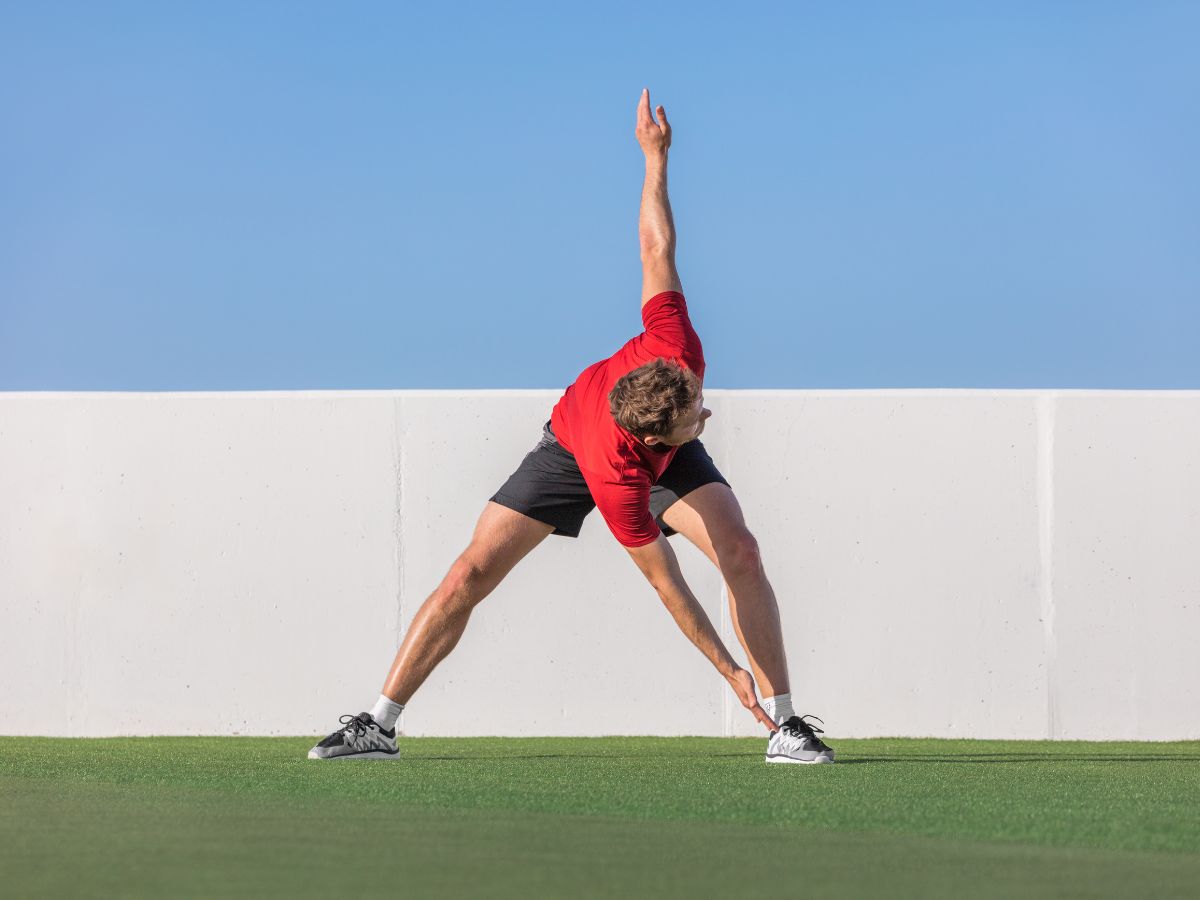
The windmill exercise is a full-body development that should be possible with a kettlebell, dumbbell, or no weight by any stretch of the imagination. Furthermore, when performed accurately, it can assist with reinforcing your center, hips, and shoulders. Actual advisor and ensured strength and molding expert Ernest Mill, operator, PT, DPT, CSCS, stroll us through this move and make sense of why your structure is so significant while doing the windmill workout.
How to do Windmills
- Stand with your feet insignificantly greater than shoulder-width isolated. Turn the toes of your past by walking directly to the side at 90 degrees. Arrive at your right arm up to the roof and let your left-hand drape down next to you. Gaze toward your right hand.
- Draw in your center and push your hips toward your right side. Slide your left and give over your left leg toward your lower leg quite far without coming down on your leg — utilize your center to settle yourself. Your left arm ought to be opposite to the floor the whole time. The right leg ought to stay straight. You can permit a slight twist in your passed-on leg to try not to lock your knee.
- Stop, then, at that point, push down through your feet to ascend back up to begin, keeping your center drawn in and your spine long the entire time.
Tips :
- Keep up with appropriate structure: Keep your back straight and center-locked in.
- Warm up: Stretch your muscles and joints prior to beginning.
- Begin with low obstruction: Start at a simple level and step by step increment.
- Center around your breath: Breathe out on the work (pull) and breathe in on the delivery.
- Utilize a controlled movement: Don’t swing or snap the loads.
- Counsel a wellness proficient for direction.
Kettlebell Oblique Crunch:
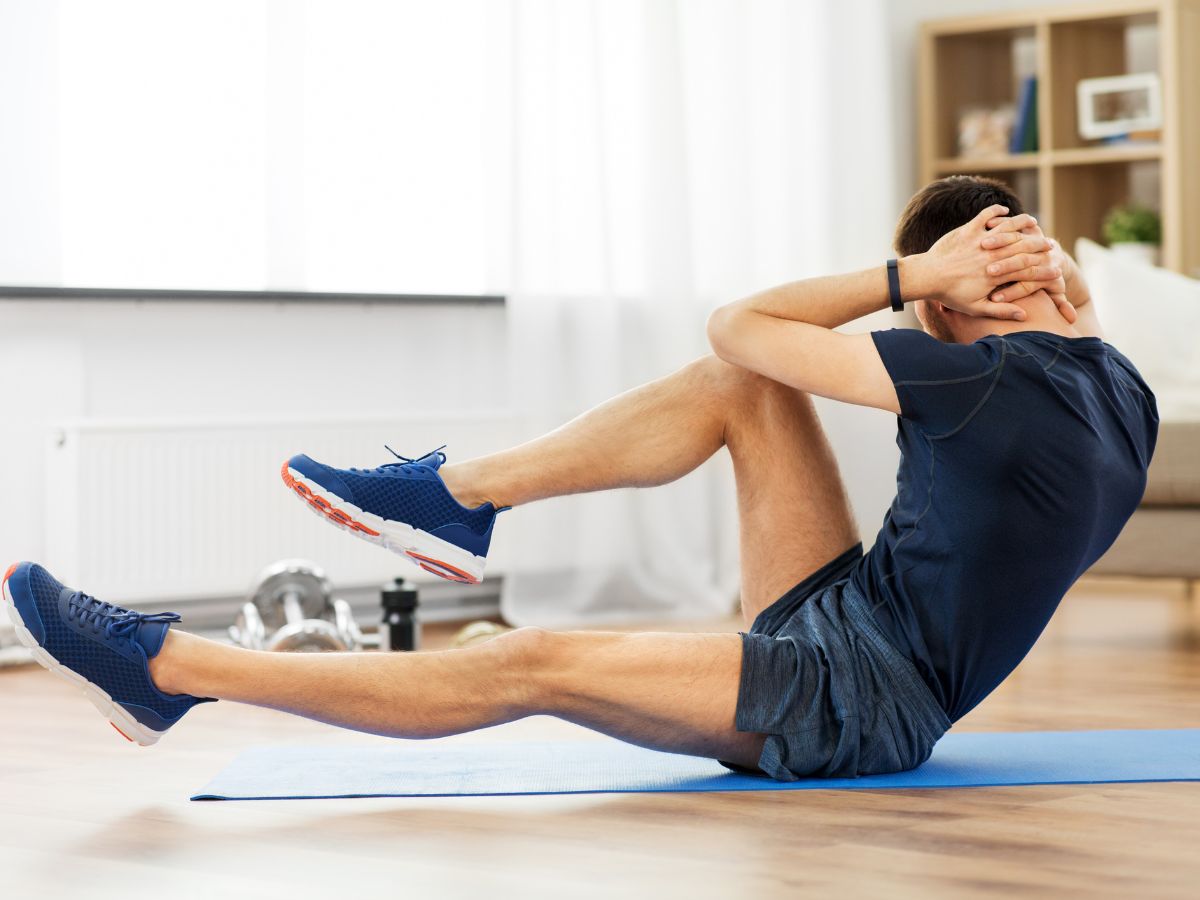
The Kettlebell Oblique Crunch is a center-fortifying activity that spotlights the diagonal muscles that run at the edges of your midsection. To play out this activity, lie on your back with your knees twisted and feet level on the floor. Hold a kettlebell carefully shrouded with two hands. Breathe out as you lift your chest area off the ground, at the same time curving your middle aside, meaning to contact the iron weight beyond your knee. Breathe in while getting back to the beginning position, then, at that point, rehash on the opposite side. This exercise assists work with coring solidness and definition in the diagonal muscles, adding to a more grounded and more conditioned waist.
How to do Kettlebell Oblique Crunch
- Breathe out as you lift your chest area off the ground, all the while contorting your middle aside. You want to contact the portable weight to the beyond your knee on that side.
- Contract your angled muscles during this movement to connect with them.
- Breathe in as you gradually bring down your chest area back to the mat and return to the beginning position.
- In the wake of finishing the ideal number of redundancies on one side, switch and play out the activity on the contrary side.
- Begin with a sensible weight and do 2-3 arrangements of 10-15 redundancies on each side.
Tips :
- Keep up with legitimate portable weight structure.
- Breathe out while crunching aside.
- Keep your center connected all through.
- Utilize controlled, purposeful developments.
- Begin with a reasonable weight.
- Center around the angled muscles.
- Hold back; nothing sets of 10-15 reps for each side.
- Guarantee an agreeable, strong surface.
Kettlebell Side Plank
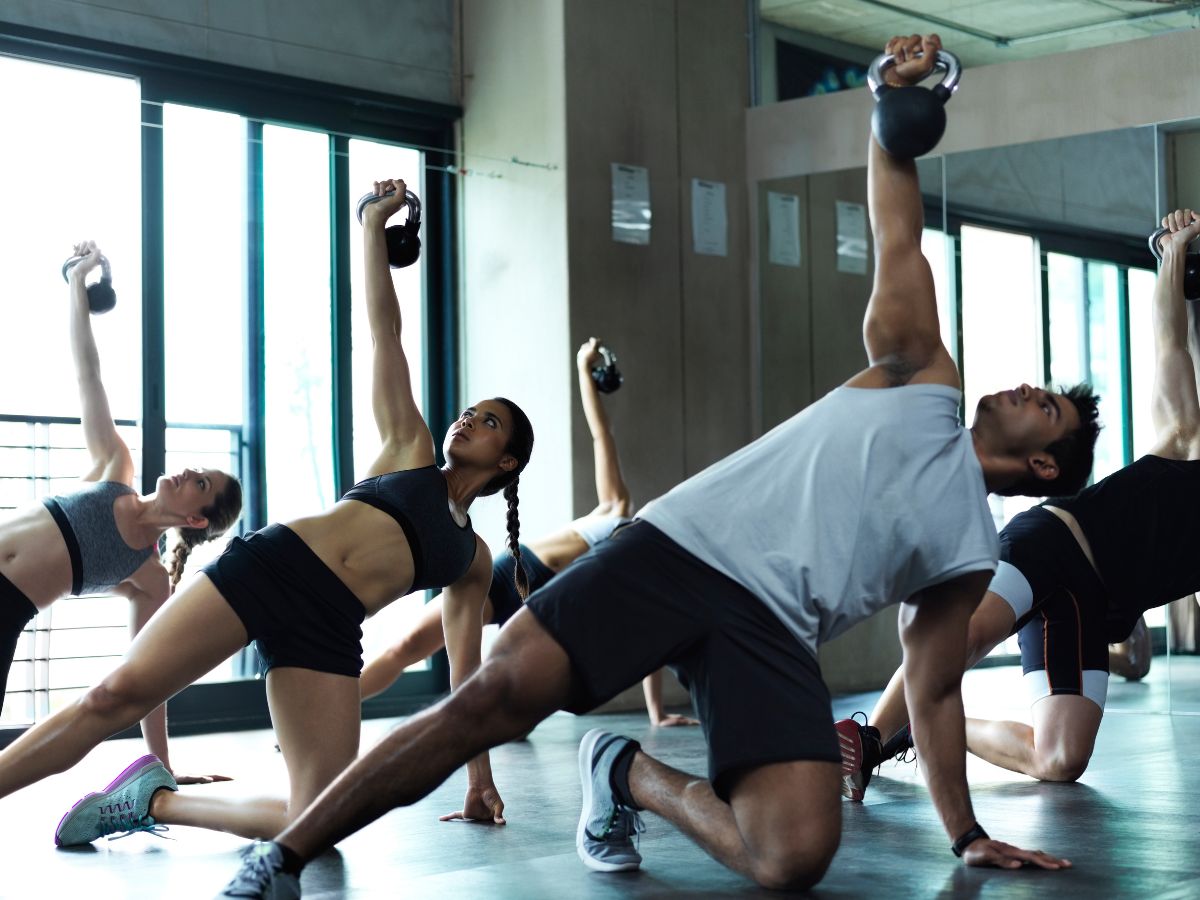
The Kettlebell Side Plank is a center-reinforcing exercise that adds protection from the conventional side plank. Begin in a side plank position with your elbow straightforwardly under your shoulder and your legs stacked. Put an iron weight on your hip or hold it in your lead hand. Lift your hips off the ground, making a straight line from head to heels. This exercise draws in your angled muscles, shoulder stabilizers, and center. It further develops equilibrium, security, and, by and large, center strength. Guarantee legitimate structure and utilize a suitable kettlebell weight to challenge yourself while keeping up with control during the activity.
How to do Kettlebell Side Plank
How to do Kettlebell Side Plank
- Start by putting an iron weight next to you on the ground.
- Position your elbow straightforwardly under your shoulder, setting yourself up on your lower arm.
- Lift your hips off the ground, making a straight line from head to impact points, upheld by your lower arm and the side of your base foot.
- Either put the iron weight on your top hip or hold it in your lead hand for added obstruction.
- Keep up with a legitimate arrangement, with no listing at the hips or shoulders.
- Connect with your center and angled muscles.
- Hold for a particular length, then, at that point, change sides to work the two obliques.
- Progressively increment span and weight for added challenge.
Russian Twist
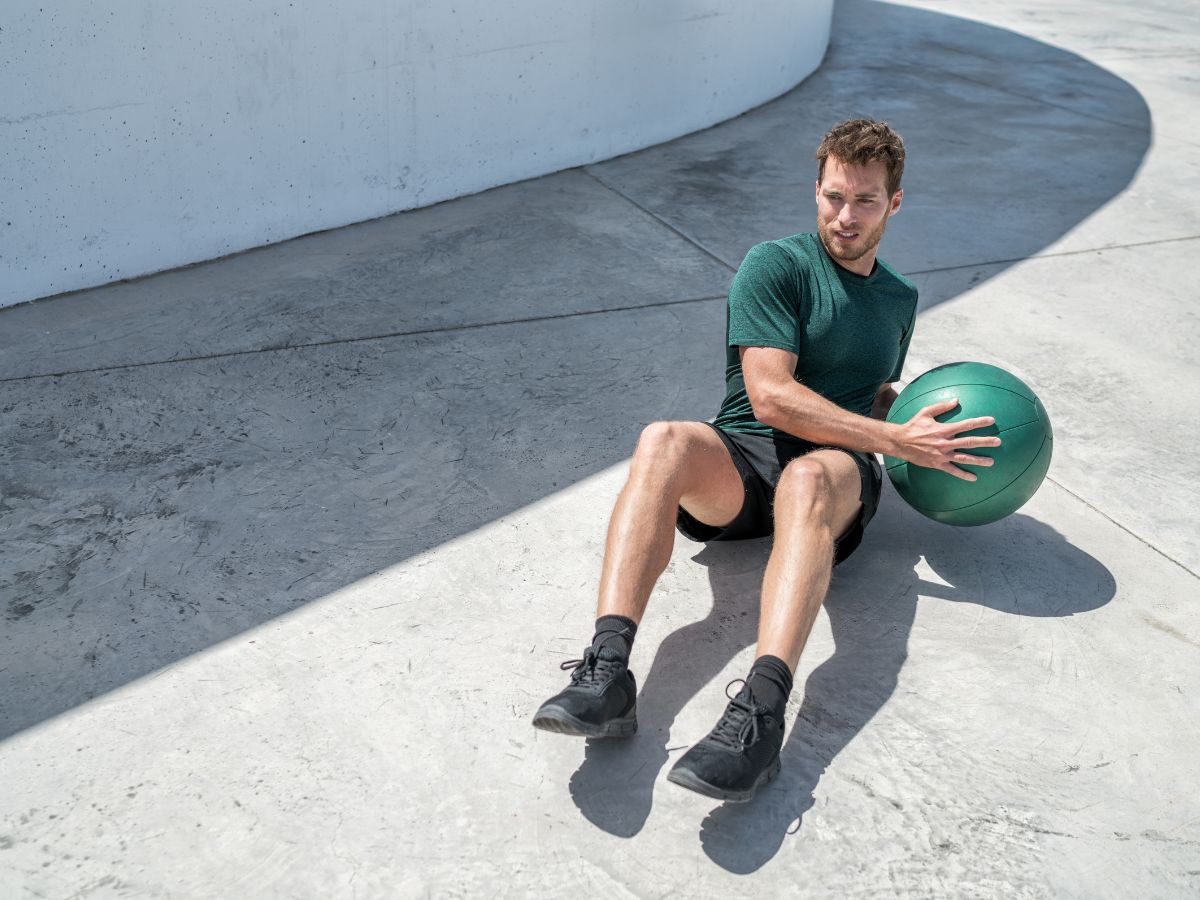
The Russian Twist is an exercise focusing on the abs and the obliques. Starting from a place that looks like halting halfway through a sit-up, it includes contorting side to side. It tends to be performed with body weight alone or while holding a weight plate or other item. It is performed by rotating sides with every rep and should be possible for time or a particular number of reps as a feature of the stomach muscle-centered piece of any exercise.
How to do Halo Russiam Twist
- Plunk down on the floor or a mat, keeping your feet on the ground. Your heels ought to remain on the floor; however, your toes can be off the ground. Crush your glutes for security.
- Recline, framing a right point from your middle comparative with your thigh.
- Raise your arms out before you. Gaze toward your hands (and the weight when you progress to working with a heap) — you’ll keep your look prepared there all through the development.
- Pivot your middle from one side to the next, stopping for a beat in the center situation between every rep. Move gradually, and keep your eyes on the weight. Keep the heap out quite far to keep the switch long to challenge your abs. Just work inside your scope of movement; when your hips and knees start to move, you’ve gone excessively far.
Tips :
- Russian Twist is an effective core workout. Sit on the floor, knees bent, heels on the ground.
- Hold a weight or use your hands and twist your torso from side to side, engaging your obliques.
- Keep your feet grounded and breathe steadily. Start with lighter weights and increase gradually.
Side Swings
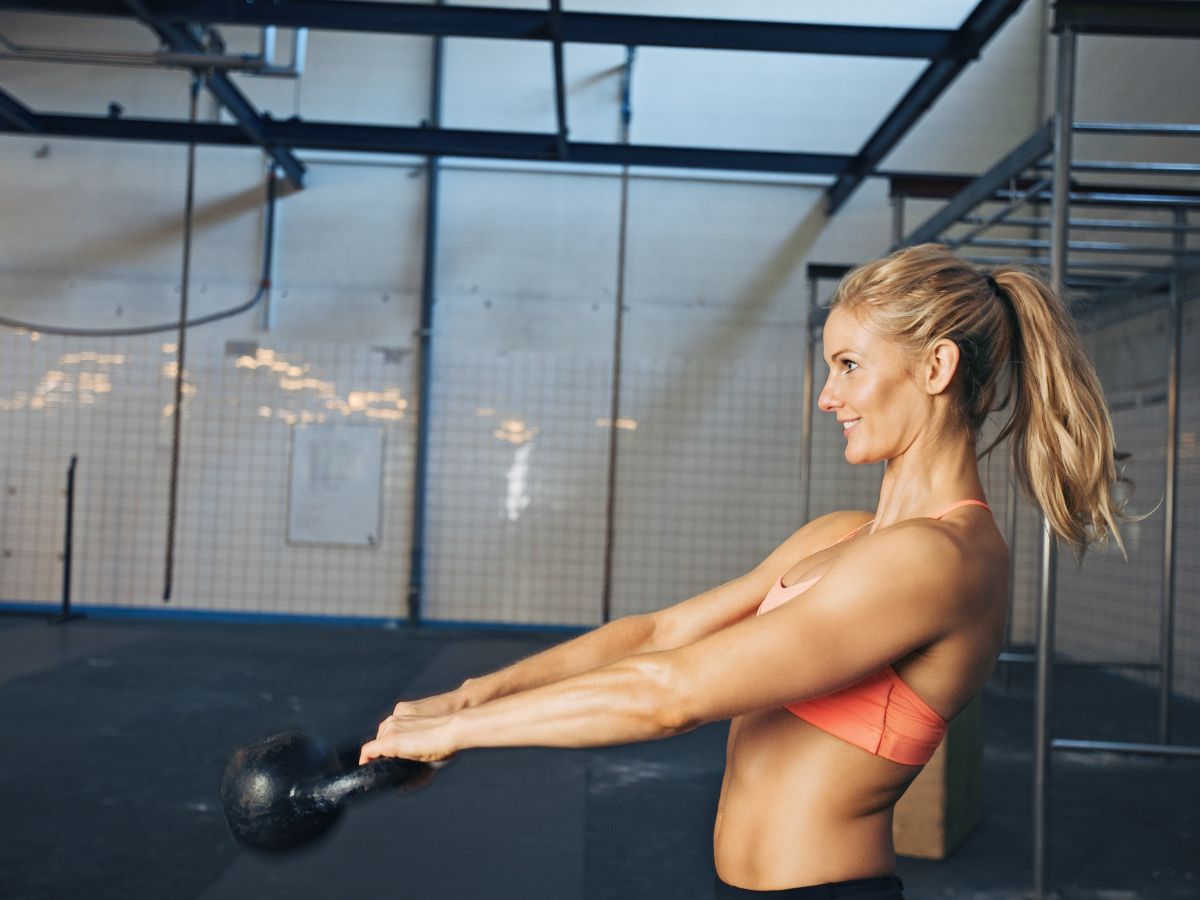
Side Swings are a center exercise that objectives the diagonal muscles. To perform it, stand with feet shoulder-width separated, hold a load with two hands before your body, and swing the load down aside while bowing at the midsection. Then, swing the load back up and across to the contrary side, moving slantingly. It connects with the obliques and center, improving steadiness and strength. Keep up with appropriate structure to forestall injury.
How to do Side Swings
- Arrangement: Start by remaining with your feet shoulder-width apart. Hold a free weight or iron weight with two hands before your body. Guarantee a strong hold on the weight.
- Body Position: Keep your back straight, chest up, and center connected all through the activity. This keeps up with a great stance and limits the gamble of injury.
- Swinging Movement: Start the development by swinging the load down aside of your body while bowing at the midriff. Keep your arms expanded and your legs somewhat bowed. This movement ought to be controlled and kept away from extreme winding or jolting.
- Return: Swing the load back up and across to the contrary side in a corner-to-corner design. The movement ought to be smooth and controlled, zeroing in on your sideways muscles.
- Redundancies: Play out the ideal number of reiterations on each side. Regularly, 10-15 redundancies for each side are a decent beginning stage.
- Relaxing: Inhale normally, yet keep up with command over your relaxing. Breathe in on the manner down, and breathe out on the way up.
- Structure: Be aware of your structure to forestall injury. In the event that you’re new to this activity, begin with a lightweight and logically increment it as you become more OK with the development.
Tips :
- Perform Side Swings for diagonal strength. Stand with feet shoulder-width separated, hold a load with two hands in front, and swing it slantingly from one side to the next while keeping a great stance.
- Draw in the center and utilize controlled, smooth developments. Begin with a lightweight and spotlight on the legitimate structure.
Conclusion :
Kettlebell oblique exercises are an important expansion to your wellness routine. By focusing on the sideways muscles, these powerful exercises upgrade center strength, advance security, and further develop the act. They offer useful strength gains, adding to better athletic execution and injury anticipation. With their flexibility and proficiency, Kettlebell oblique exercises are a powerful method for building areas of strength for a decent center. Whether you’re a fledgling or an accomplished wellness lover, consolidating these activities can carry huge advantages to your general wellness and prosperity.
FAQ :
What are the benefits of oblique?
Your obliques work with your center muscles to advance soundness and equilibrium. At the point when these muscles are immature, your hip flexors overcompensate, and your spine turns out to be more bent, which loses your harmony. The more grounded your obliques and other abs are, the steadier you will be on your feet.
Are kettlebell carries good for abs?
This straightforward development will work your entire body: legs (quads, hams, glutes and calves), erector muscles of the spine, which fix your back (think great stance) and are utilized in side-to-side turn, upper and center back (traps and lats), abs and arms (biceps, rear arm muscles, lower arms and palm (serious areas of strength for think)
Is kettlebell good for the core?
Amy Kwan, DPT, PT, has been an actual specialist for more than ten years. Iron weights are important activity instruments for focusing on the center muscles. All significant lift practices reinforce the center since they consolidate an upward board. Keeping up with steadiness is the way to compelling iron weight exercises.
Read More :